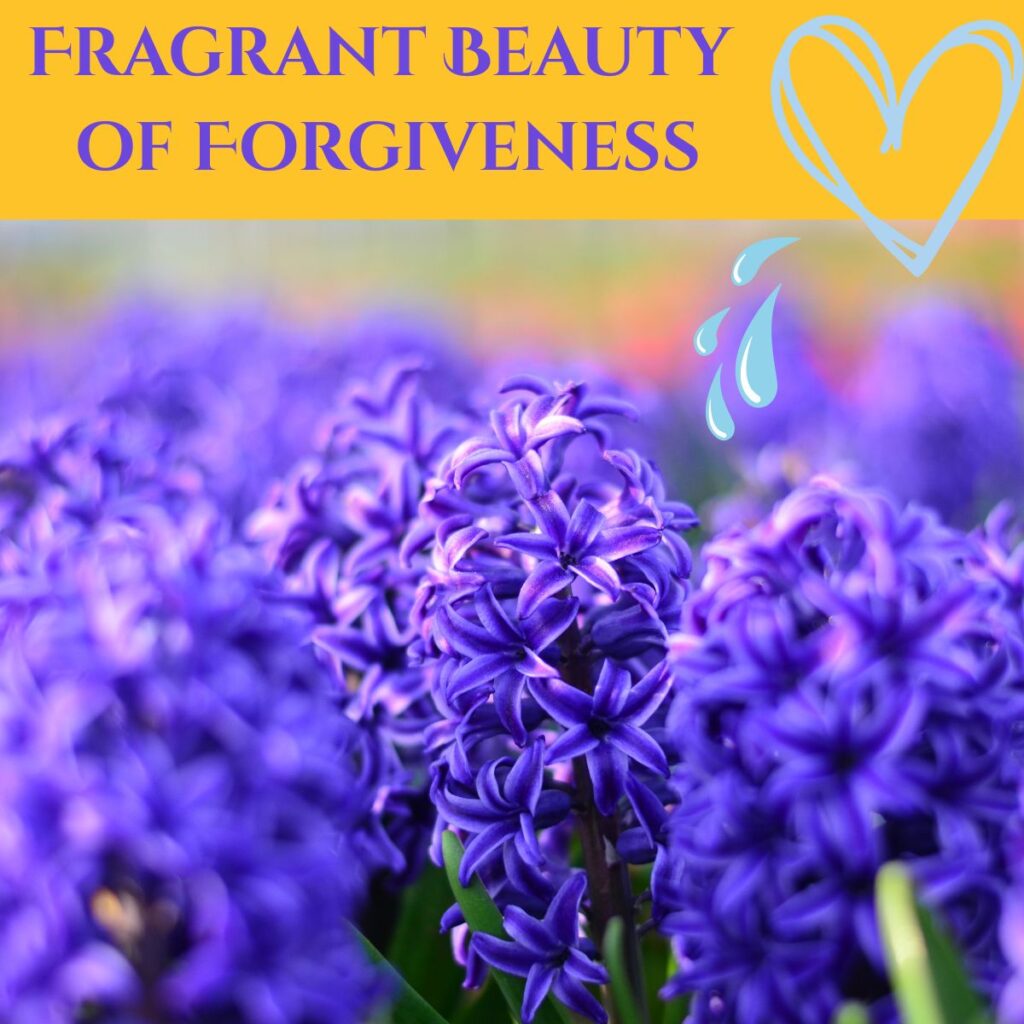In the Victorian language of flowers, purple Hyacinth (Hyacinthus orientalis) carried a meaning of deep forgiveness or regret, tied to the origin of the name “Hyacinth”; which is associated with a Greek legend about a beautiful boy named Hyakinthos who was slain by Zephyr, the god of the west wind.
Widely cultivated throughout the world today, but originally an Asian species, Hyacinth is a perennial produced from a bulb, and is often “forced” to produce flowers indoors.
Hyacinth forms flowering racemes that grow up to a foot tall (depending on cultivar) with very fragrant waxy colored purple, pink, white or other colored flowers.
Hyacinth are mainly enjoyed for their ornamental and fragrant value in the garden or indoors, and are sold as bulbs in many garden stores. They require a cold dormancy period in order to bloom well. They are also a staple in the cut flower trade.
As can be imagined from its strong beautiful floral fragrance, Hyacinth produces an “essential oil” (actually an absolute) that is used in perfumery and a blue dye is obtained from the flowers.
In aromatherapy Hyacinth is used for reducing stress and anxiety and uplifting the mood. It is also utilized as an extract for personal care products claiming hydrating, calming and cleansing benefits.
The flower essence of Hyacinth is believed to help the integration of spiritual qualities and to aid in inner healing.
Through scientific investigation a range of activities have been found, including anticancer, immunomodulatory, antioxidant, anti-inflammatory, anti-mutagenic, and potential antidiabetic activities, with active compounds like acylated anthocyanins, saponins, and alkaloids responsible for these effects.
Traditionally, parts of the Hyacinth have been used as a hemostatic to help with wound healing, including the treatment of hemorrhoids, and as a remedy for prostate disease. The bulbs, leaves, and occasionally flowers have also been employed in folk medicine for their analgesic and skin-soothing properties, and some preparations have been utilized to support cancer care.
*This content is for informational and educational purposes only. It is not intended to provide medical advice or to take the place of such advice or treatment from a personal physician.

